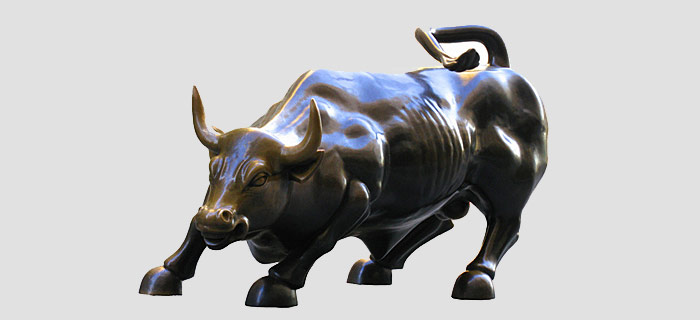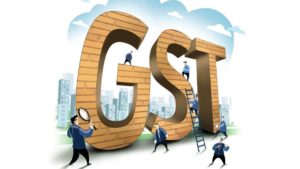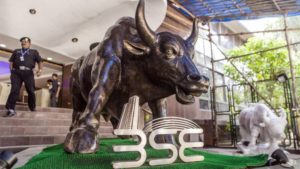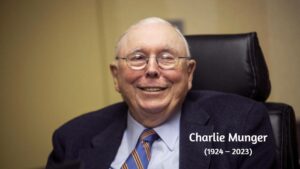It’s said that bull markets don’t die of old age, which explains why this market keeps chugging along despite being more than twice as old as the average rally. But if that’s true, what do bull markets die of? Up until a few years ago, many investors thought this bull would be gored by the same force that weighed on the global economy in the aftermath of the financial crisis: deflation.
Deflation is that rare circumstance in which the economy can’t seem to gain any traction, and prices and sentiment keep slipping. “That’s the type of market we saw in the 1930s, when there was a total loss of confidence,” says James Stack, a market historian. Today, however, investor confidence and the economy have healed sufficiently that market watchers are now expecting a different denouement to history’s second-oldest rally. Conventional wisdom says this bull will end in one of these three predictable ways.
Scenario #1: The Economy Did It
“Bull markets don’t die of old age, they die of fright,” says Sam Stovall, author of The Seven Rules of Wall Street. And what bull markets fear most isn’t the shock of war or political crisis, but recessions.
Two-thirds of all bull markets since World War II have ended in anticipation of an economic contraction. Still other downturns that didn’t precede official recessions, like the 1966 bear market, were at least triggered by the fear of a slowdown that came close. If that’s the case, Wall Street has little to worry about now, since most traditional indicators are signaling that the economy is doing just fine and isn’t likely to shrink in the next year or two. John Lynch, chief investment strategist for LPL Financial notes that historically the economy tends to slip into recession two years after corporate earnings have peaked.
While few economists are predicting a recession anytime soon, the stock market is a forward-looking indicator, meaning stock slides precede recessions or slowdowns—not the other way around. And often it can take months after a selloff before the economy begins to slide. The average bear market, in fact, has typically begun 7½ months prior to the start of an official recession, according to CFRA. Sometimes the lag time is even greater. The 2000–2002 bear market began a full year before the economy officially slid into a recession.
“By definition, bull markets peak when bullish optimism is very high,” says Stack. And in many cases it’s hard to know a recession is looming until it’s almost here. There’s another concern. “The economy typically slips into a recession four years after the first Federal Reserve rate hike,” says Lynch. People forget that the Fed actually started lifting rates in late 2015. Four years after that would put a possible recession start date in late 2019. And if stocks foreshadow recessions up to a year before, that means a bear could be lurking at the end of 2018. If the next downturn is a pullback (a 5% to 10% decline) or a correction (10% to 20% fall in prices), it may take only two to four months for stock prices to climb their way back, if history is any guide.
Scenario #2: The Fed Did It
Bull markets don’t die of old age. Sometimes, they get murdered. This time it could be by the Fed. How is that likely to happen—given that inflation remains historically low and given that the Fed has been lifting rates at a snail’s pace over the past two years? Simple: Central bankers at the Fed have publicly stated that they believe there will be around two or three more rate hikes in 2018, bringing the so-called Federal funds rate, which banks charge one another on overnight loans, to around 2% or so next year. But a downturn might be spurred simply, if the Fed becomes a bit more aggressive than expected—maybe four or five rate hikes.
Scenario #3: The Minsky moment
Bull markets don’t die of old age. But sometimes they act like a cartoon character who’s run off a cliff. Once they realize there’s nothing supporting them, they start to drop. On Wall Street there’s a formal name for this phenomenon. It’s called a “Minsky moment,” named after the late economist Hyman Minsky, who studied boom-and-bust cycles in the financial markets and argued how unstable bull markets can be after a long run. A Minsky moment was blamed in part for the global financial crisis, when investors took on ever more debt to make speculative investments in houses and mortgage securities without worry until it eventually reached a tipping point when every investor did start to worry.
(Courtesy Paul J. Lim)




















